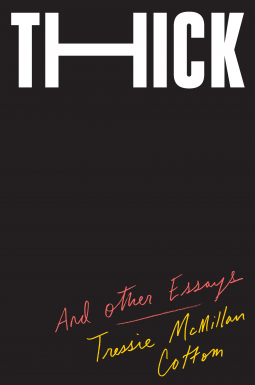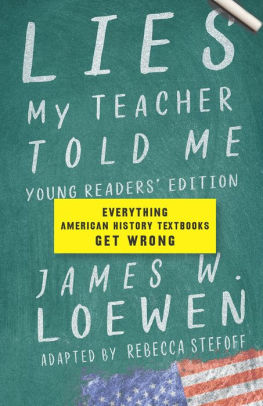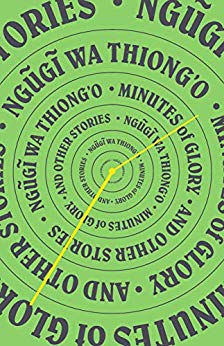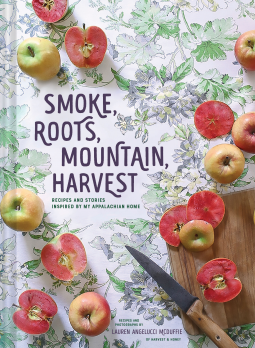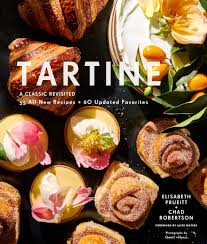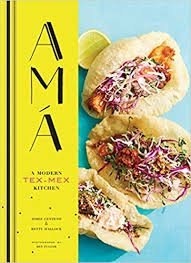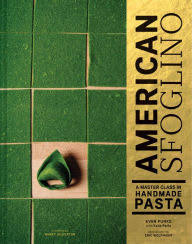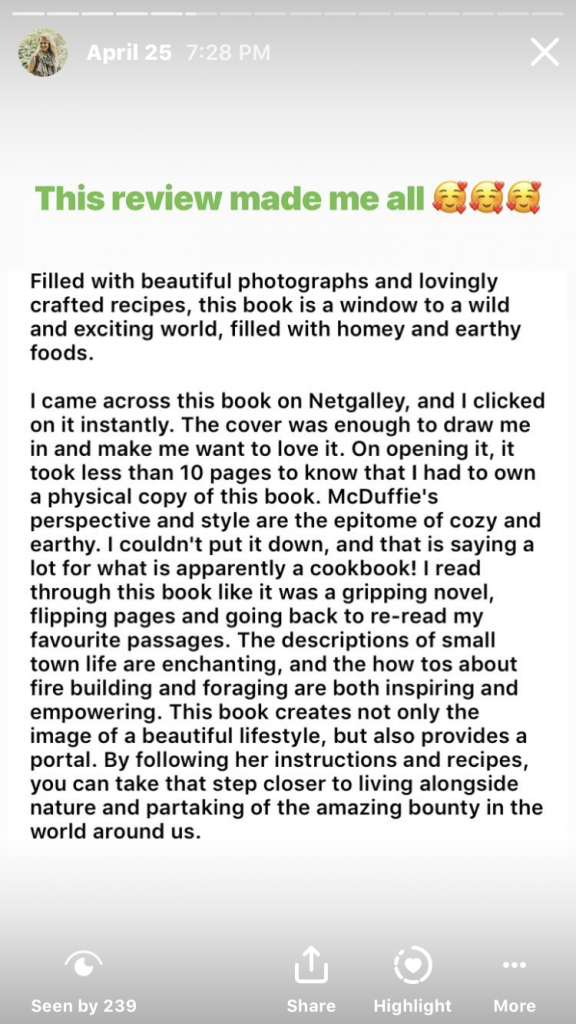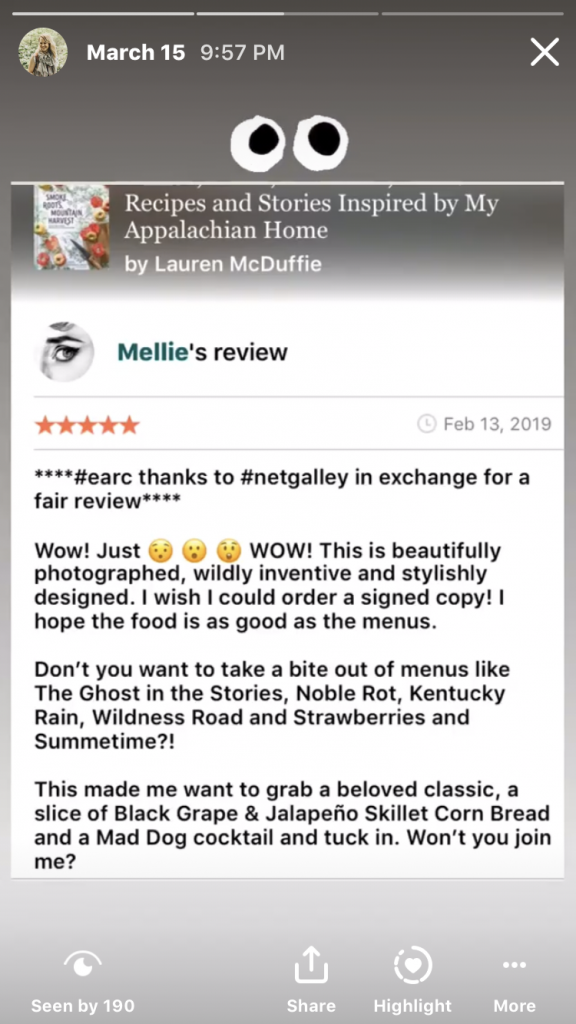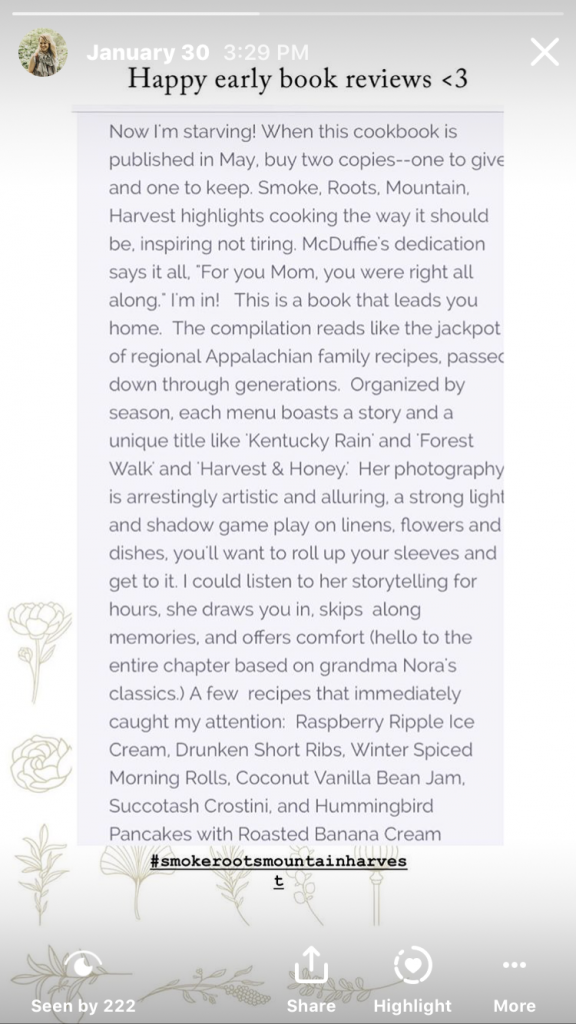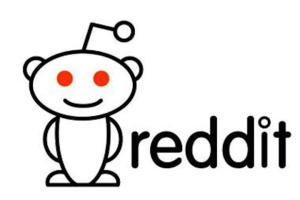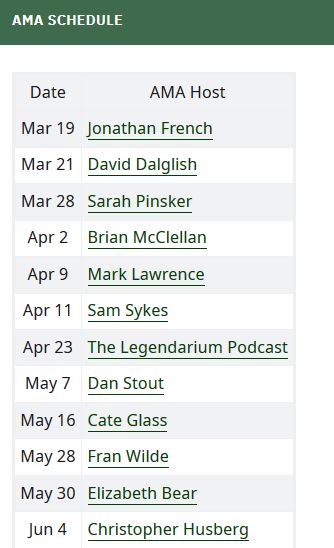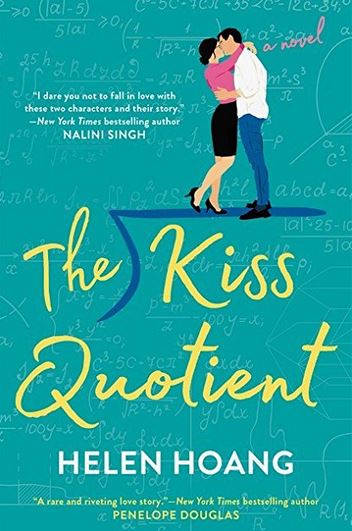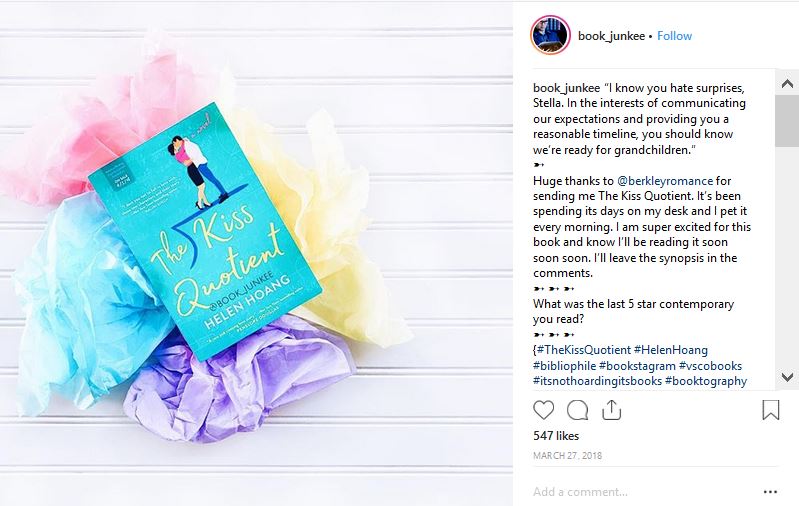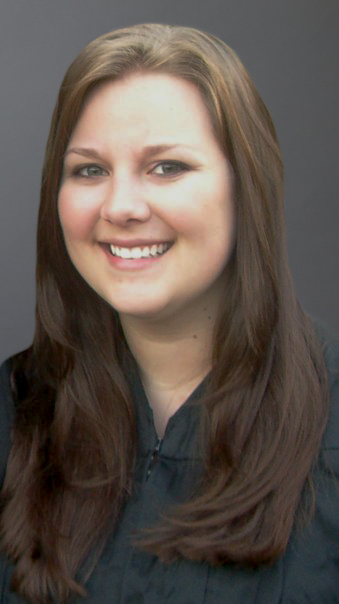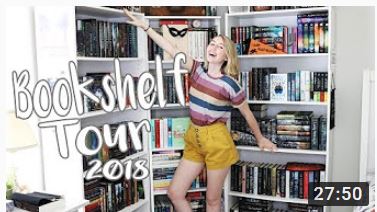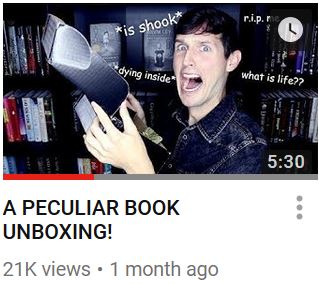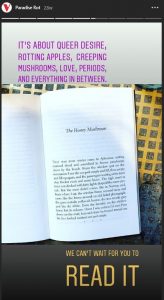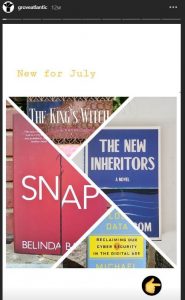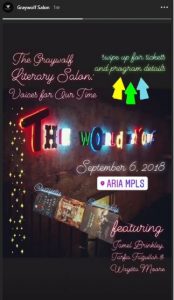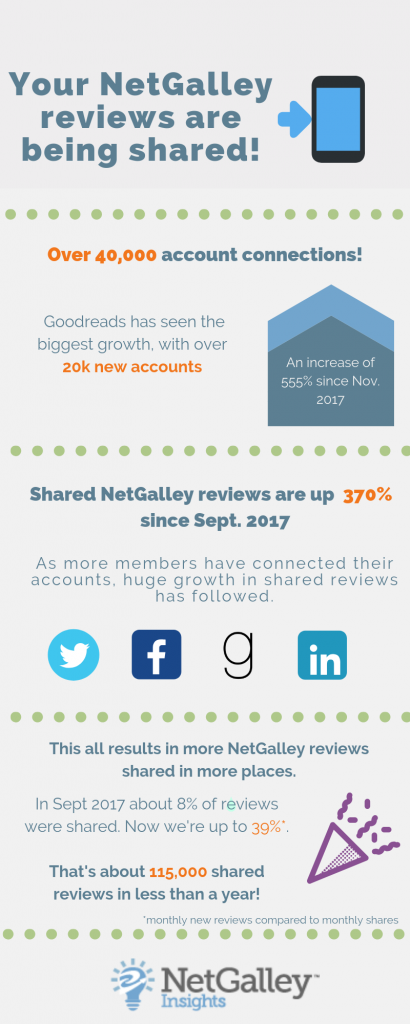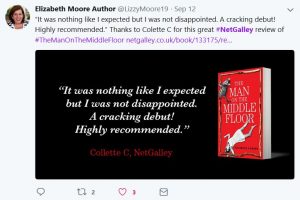How an indie author and online writing coach kept engagement high for her debut novel across platforms, turning her audience into a launch team
By the time Abbie Emmons was ready to publish her first book, she had built up an audience as a blogger, YouTuber, and Bookstagrammer. But having an audience doesn’t automatically mean success; eyeballs don’t equal engagement. So when Abbie Emmons was getting ready to publish her novel about two teens with disabilities who fall for each other, she knew she was going to have to work to turn her audience into her launch team.
Emmons strategically engaged with her audience across platforms during her pre-publication push for 100 Days of Sunlight. She kept her community in the loop through her writing process, with the cover reveal, and once she had review copies. As soon as 100 Days of Sunlight was available on NetGalley, Emmons brought her pre-existing community there, as well as finding a new audience of NetGalley members browsing for their next read.
As a writing coach, Abbie Emmons has thought a lot about strategies that independent authors can use to launch their books with limited time, budgets, and resources. And as an author, she was able to put those strategies into practice.
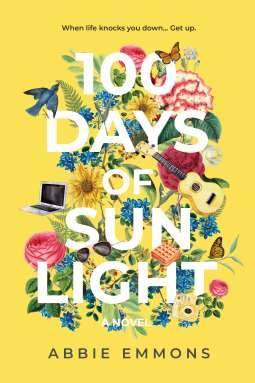
by Abbie Emmons
What was your path to becoming an author? What about a writing coach/educator/resource? Which came first and how did you make the pivot to the other?
I fell in love with stories at a very young age. My mom introduced me to the world of reading, and I was enraptured by the magic of storytelling. I started writing stories of my own as soon as I learned how to hold a pencil, and I haven’t stopped since.
Becoming a creative writing coach was a natural “next step” for me – it blossomed out of my passion for storytelling. In 2016 I started blogging about writing, which turned into creating videos, and it’s been about one year since I launched my YouTube channel. It’s been amazing to connect with other writers all over the world and share my insight and my authoring journey.
I mostly provide coaching through my video content, but I’m in the process of creating digital products to provide my community with the opportunity to go deeper and learn more. WritersLife Wednesday also has a Patreon community, which allows me to connect more personally with committed writers and offer them a one-on-one experience. Within the Patreon, there’s a private Facebook group where I connect personally with followers and also a monthly podcast where I answer specific story questions real-time.
Tell us a bit about your YouTube channel. How does it intersect with your work as an author?
My YouTube channel, WritersLife Wednesdays, is all about making your story matter. Through my videos, I teach writers how to harness the power and psychology of storytelling and transform their ideas into a masterpiece. I also share my experiences of the publishing process to help other authors take the next step with their book.
I love teaching about story because it intersects so beautifully with my writing. I’m constantly learning and improving my own writing processes, which helps me give better, clearer advice in my videos. It’s a journey of experience and growth, and I’m so thrilled that other writers are joining me in this pursuit of writing meaningful books.
In September, 100 Days of Sunlight was the #1 best seller in Teens & YA fiction about Disabilities and Special Needs on Amazon. What do you think resonates with readers about your representation of disability in the book? Did you focus on reaching audiences who might be interested in narratives about disability? If so, how?
I wrote 100 Days of Sunlight in hopes that it would resonate with every reader – whether they have a disability or not. That’s the reason why I focus so much on my characters’ emotional journeys in the book; because even if you’re not going through a physical challenge like Tessa and Weston, you might be very familiar with the feeling of fear, despair, or helplessness when life takes an unexpected turn.
My research process involved tons of reading and investigating. Not only did I reference experts for medical details, I consulted real-life accounts and experiences of people with the disabilities I wrote about. I read lots of blog posts, articles, watched videos, asked questions, read more, and constantly referenced true experiences throughout the writing and editing process. Researching this book was a fascinating and educational journey, and I’m humbled and honored to be able to include representation of these disabilities in 100 Days of Sunlight.
After the publication of 100 Days of Sunlight, I did actively target readers who are interested in the Special Needs genre and who love comparable titles and authors. I was so thrilled to see 100 Days reach #1 best seller in its category on Amazon!
How did NetGalley fit in with the rest of your launch plan for 100 Days of Sunlight?
I found NetGalley at just the right time – about 4 months before my release date. I was seeking a way to efficiently deliver my book to my ARC team, with as little back-and-forth communication as possible. As an indie author, I have to manage a lot on my own, and I knew my ARC team was going to be sizable.
I was able to send everyone from my YouTube channel over to NetGalley to request the book, and that first rush of requests helped me to rank high in my category [appearing in the Most Requested section], which in turn gave my book more exposure to new ARC readers. I couldn’t be happier with how it all turned out!
How did you determine the right timing for 100 Days of Sunlight‘s time on NetGalley with regards to its pub date and your other marketing and publicity efforts?
Every author has a different publishing timeline that best suits their schedule, but mine is roughly 6 months – starting the moment my book returns from my editor, and ending on the pub date. Of course, there’s post-release marketing, but that’s another animal.
Because of my shorter timeline, I decided that 3 months pre-publication would be a perfect amount of time. I wanted the book to still be fresh in my ARC readers’ minds when the release date rolled around, to create more buzz and conversation around the book launch.
100 Days of Sunlight has nearly 400 reviews! How did you get the word out about it once it went live on NetGalley?
I told all my people, multiple times. I made kind of a big deal out of the announcement – posting on my blog, YouTube channel, social media, and contacting all my email lists. I also continued to remind my followers on social media, urging them to go to NetGalley and request to read my book if they hadn’t already.
I had built up the hype for this novel long in advance, teasing it on my blog and YouTube channel – which made my audience all the more excited when it came out.
I received a lot of requests and happily accepted most of them. The result was a huge, fabulous ARC team who was excited to share their reviews of my book. I think it’s also worth noting that I had built up the hype for this novel long in advance, teasing it on my blog and YouTube channel – which made my audience all the more excited when it came out.
How have you kept momentum up for 100 Days on NetGalley throughout its time on the site?
Throughout the book’s listing on NetGalley, I continuously reminded my followers and fans to request to read the book. I also created an ad campaign on Facebook directly targeting librarians and teachers, sending them to NetGalley request my book. A book launch is really all about conversation – the more conversation you can create about your book, the more people will pay attention.
A book launch is really all about conversation – the more conversation you can create about your book, the more people will pay attention.
I worked hard every day to keep that conversation going, and it paid off. The number of requests I received for 100 Days helped move it up in the rankings in both the Women’s Fiction and YA Fiction categories. I couldn’t have been more thrilled!
How have you engaged with members who have requested or reviewed? Have you followed up with them or shared their reviews?
I personally reached out to readers who loved the book and asked them to share their reviews on Amazon and BookBub, as well as NetGalley. They were happy to crosspost their reviews, and it greatly helped the book’s early days on Amazon. I also continue to share excerpts from reviews in outreach and marketing campaigns for 100 Days of Sunlight.
We love that you have a dedicated website for your press kit and for supplemental material. Tell us why this digital presence is important to you and how you went about building it.
We live in an age of immediate access to all the information we need – and I knew that my book and author presence had to meet that standard. If someone comes to my website looking for specific information and materials, I want them to be able to find what they need as quickly as possible. It’s one of those small things that can make a huge difference.
Reviews are social proof, and nothing is more powerful when you’re trying to get people to pay attention to your book. I share reviews on my social media, my blog, my website, and in all the marketing campaigns I produce, such as Facebook ads and influencer outreach.
How have you been leveraging your reviews outside of NetGalley? Have you been sharing them on social media or elsewhere?
Reviews are social proof, and nothing is more powerful when you’re trying to get people to pay attention to your book. I share reviews on my social media, my blog, my website, and in all the marketing campaigns I produce, such as Facebook ads and influencer outreach.
Positive reviews are invaluable and I have NetGalley to thank for connecting me with so many amazing readers, as well as librarians, educators, and booksellers.
What is your top tip for authors listing their books on NetGalley?
Send as many of your people as you possibly can to request your book on NetGalley as soon as it’s available! That first rush of requests is vital to rank higher in your category, and thus gain more visibility on the site. New readers will discover your book and the word will continue to spread organically – and, I hope, exponentially. I recommend NetGalley to all my author friends and followers – it’s an absolute necessity if you want to make your book launch successful. Best of luck, fellow authors!
Abbie Emmons has been writing stories ever since she could hold a pencil. What started out as an intrinsic love for storytelling has turned into her lifelong passion. There’s nothing she likes better than writing (and reading) stories that are both heartrending and humorous, with a touch of cute romance and a poignant streak of truth running through them. Abbie is also a YouTuber, singer/songwriter, blogger, traveler, filmmaker, big dreamer, and professional waffle-eater. When she’s not writing or dreaming up new stories, you can find her road-tripping to national parks or binge-watching BBC Masterpiece dramas in her cozy Vermont home with a cup of tea and her fluffy white lap dog, Pearl.
*Interviews have been edited for clarity and length.
*Read the rest of our author case studies here!

